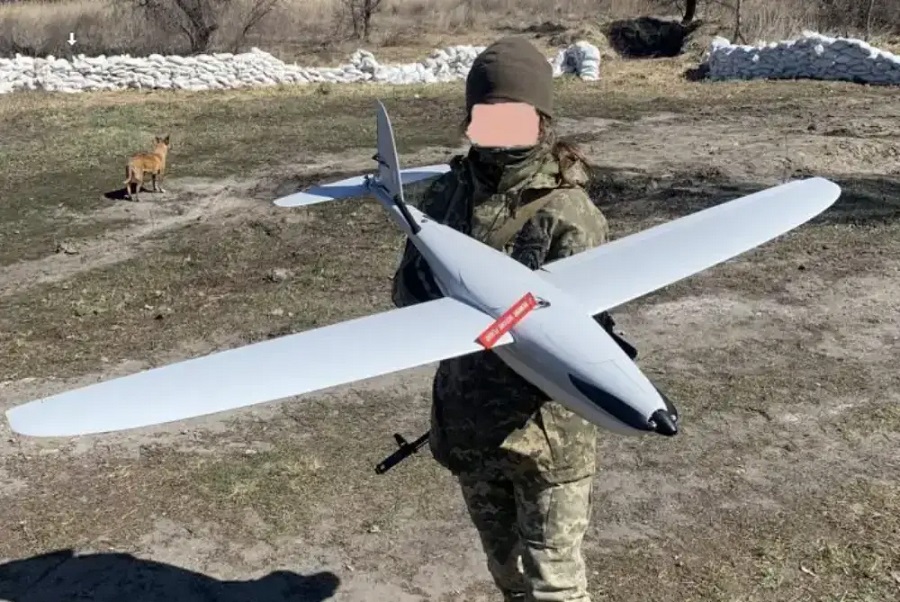The Growing Importance of Drones in Today’s World

Introduction
Drones, also known as unmanned aerial vehicles (UAVs), have rapidly evolved from military applications to becoming an integral part of various industries. Their significance has surged dramatically over the past decade, influenced by advancements in technology and a broader acceptance in civilian uses. Drones are now employed in agriculture, infrastructure, commerce, and even disaster response, reflecting their growing importance in modern society.
Recent Developments in Drone Technology
As of 2023, several technological advancements have further enhanced the capabilities of drones. Improved battery life, better sensors, and AI integration have made these devices more efficient and versatile. For instance, AI-powered drones can autonomously analyse vast land areas, identifying crop health and optimising agricultural practices. According to a report from the Federal Aviation Administration (FAA), the number of registered drones in the USA alone has surpassed 1.7 million, highlighting their widespread adoption across various sectors.
Drones in Various Industries
In agriculture, drones have transformed how crops are monitored and managed. Farmers utilise drones for aerial surveying, which allows for precise data collection concerning soil health and crop growth. This information translates into more efficient farming methods, reducing costs and increasing yield.
In the construction and infrastructure sectors, drones are being deployed for site surveys and inspections. They provide a bird’s eye view of construction sites that is invaluable for project managers and engineers, facilitating better planning and risk management. The enhanced safety aspect, allowing inspections of hard-to-reach areas without risking human lives, is further driving their adoption.
Challenges and Regulatory Developments
Despite their promising potential, the widespread use of drones still faces hurdles, particularly regarding safety and privacy concerns. The UK government has been proactive in regulating drone use, introducing laws that require drones to be registered and mandating training for operators. The aim is to ensure that drone operations remain safe while still encouraging innovation.
Conclusion
As we move forward, the integration of drones in various industries is expected to grow exponentially. Analysts predict that the global drone market could reach $43 billion by 2024, driven by innovations and regulatory support. For individuals and businesses alike, understanding the role of drones is crucial, as they will increasingly influence sectors ranging from agriculture to urban planning. The transformative power of drones signifies a new era in technology, one that promises efficiency, safety, and unprecedented insight.









